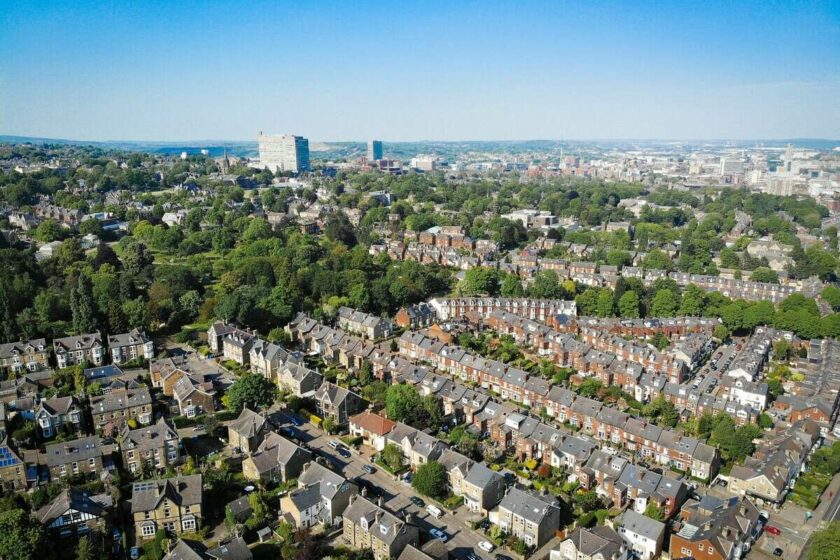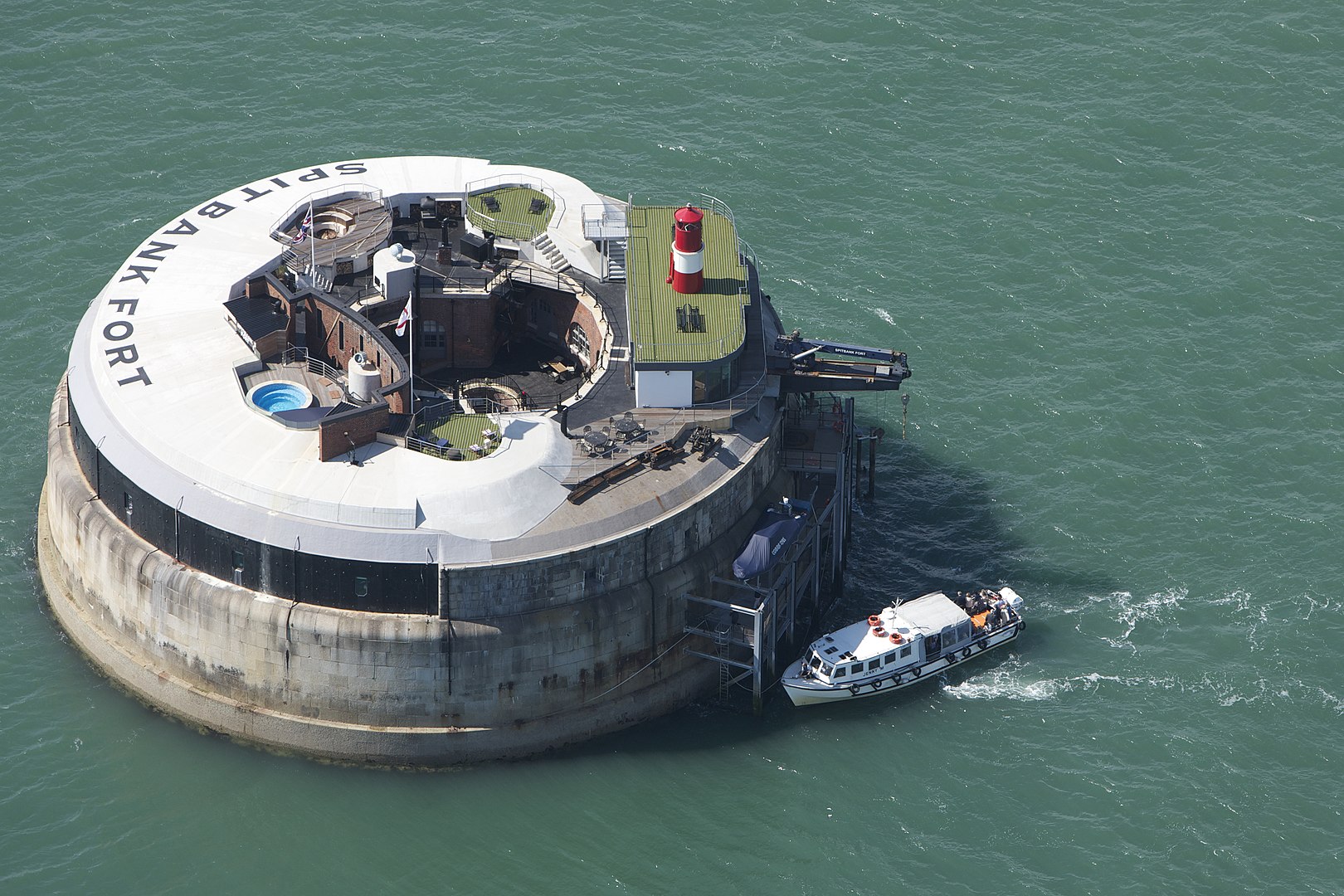According to the latest survey from Handelsbanken, 49 per cent of small and mid-sized professional landlords with a minimum of four properties in the UK are planning to increase their portfolios in the year ahead, as optimism about residential and commercial property builds despite fears of an economic downturn and the cost of living crisis.
The survey involved a panel of 120 professional landlords managing a total of 829 properties, with the sample answering questions about their outlook for the industry, the challenges they faced during the Covid-19 pandemic, and the impact of new Minimum Energy Efficiency Standards (MEES) requriements for rental properties in England and Wales to have an EPC rating of ‘C’ or above, on their portfolio and succession planning.
100 per cent of respondents had exposure to residential real estate, with 58 per cent being exposed additionally to commercial real estate.
Just 7 per cent of landlords expect to sell some or all their portfolio, and a third (35 per cent) are committed to retaining their current properties for the next 12 months.
The first Handelsbanken SME Landlord Survey found 86 per cent of landlords expect a rise in demand for residential property, with nearly two-thirds (63 per cent) confident that commercial property demand will also increase in the next 12 months.
Landlords’ optimism is not being driven by expectations of substantial increases in yields – Handelsbanken’s research shows average yields are only expected to rise by 0.44 per cent over the period, although 89 per cent of landlords questioned do expect an increase.
Instead, their plans to buy more properties are motivated by a desire to diversify their assets across different sectors and regions.
Nearly three-quarters (73 per cent) said their plans to buy are focused on expanding into different parts of the property market – the most attractive are houses (66 per cent), followed by flats (38 per cent), houses of multiple occupation (HMO) (34 per cent) and commercial retail (32 per cent).
Among landlords expanding their portfolios to different parts of the UK, London is seen as the most attractive region (selected by 53 per cent), followed by the East of England (chosen by 40 per cent) and the East Midlands (22 per cent).
More than half (51 per cent) of landlords on the acquisition trail said their reason for buying was simply feeling bullish about the market.
James Sproule, UK Chief Economist, at Handelsbankensaid, comments: “Recent house price growth shows how property has shown its resilience against economic doom and gloom and the cost-of-living squeeze.
“Landlords are anticipating that a shortage of rental properties will help keep prices buoyant, particularly as working patterns continue to adjust to the post pandemic world and people seek to move back to big cities, particularly in popular areas such as London, which is also seen to be better placed to ride out the next series of economic challenges and opportunities.
“Landlords went through a tough period following the COVID-19 pandemic, with residential property transactions falling by more than half and business investment contracting. But the sector has survived and is now looking forward.
“The 2022-23 financial year is forecast to see a further softening in residential property transactions as vendors wait for the right buyer rather than accept any perception of loss in value.”
The table below shows how professional landlords rate the attractiveness of regions across the country.
|
REGION |
HOW MANY LANDLORDS THINK IT WILL BE THE MOST ATTRACTIVE OVER THE NEXT 12 MONTHS |
|
London |
53% |
|
East of England |
40% |
|
East Midlands |
22% |
|
Scotland |
19% |
|
Northern Ireland |
18% |
|
North West |
14% |
|
South East |
12% |
|
Wales |
12% |
|
South West |
10% |
|
West Midlands |
8% |
|
North East |
6% |
|
Yorkshire & The Humber |
6% |




